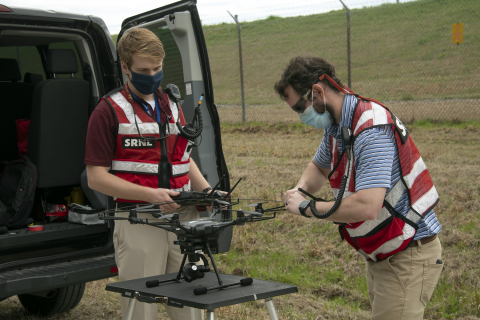
For the first time, camera-mounted drones recently hovered, dipped, and glided above EM’s remediated waste sites at the Savannah River Site (SRS) to ensure the structural integrity of the protective covers over them.
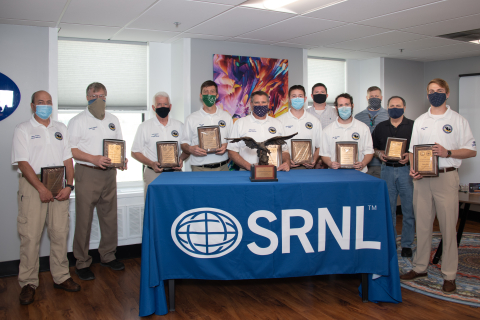
Savannah River National Laboratory’s (SRNL) Unmanned Aircraft System (UAS) team has received the 2020 UAS Unit Award, a recognition for excellence given by the DOE’s Office of Aviation Management.

EM’s Savannah River Site (SRS) sold 52 no-longer-needed special purpose railroad cars to an environmental cleanup company, a transaction that benefitted the U.S Treasury and enabled the site to avoid years of maintenance costs.
Twenty-five years ago this month, the Defense Waste Processing Facility (DWPF) at the Savannah River Site (SRS) began radioactive operations.
The first wall section is now rising from the ground on the newest mega-sized disposal unit being constructed at EM’s Savannah River Site.
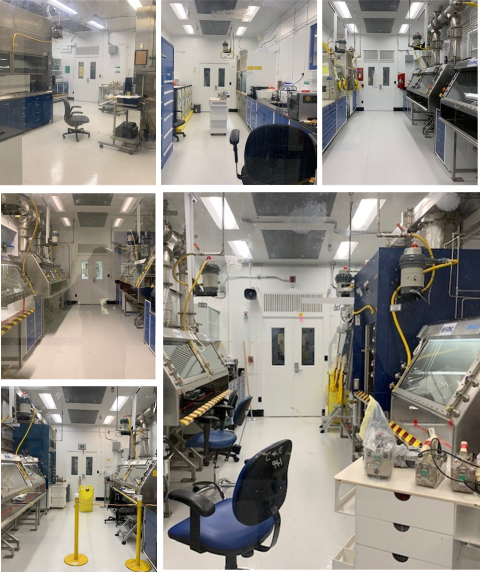
Savannah River National Laboratory (SRNL) has successfully consolidated a laboratory that has provided vital analytical results.
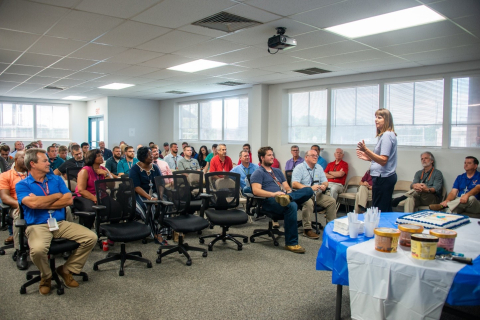
More than 100 Savannah River Site federal and contractor employees, many of whom work in EM facilities, have been honored.
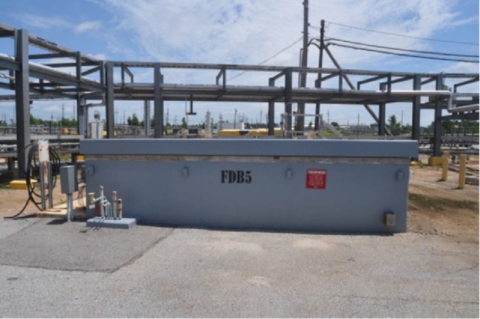
EM is moving closer to closing the first Savannah River Site (SRS) tank farm structures since the closure of an underground waste tank in April 2016.

Future scientists, engineers, and mathematicians tested their knowledge during the annual DOE Savannah River Regional Science Bowl competition.
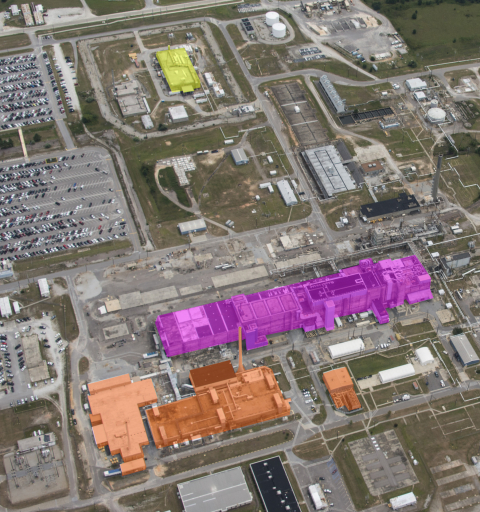
EM and the management and operations contractor at the Savannah River Site (SRS) have made significant progress in decommissioning legacy facilities.

